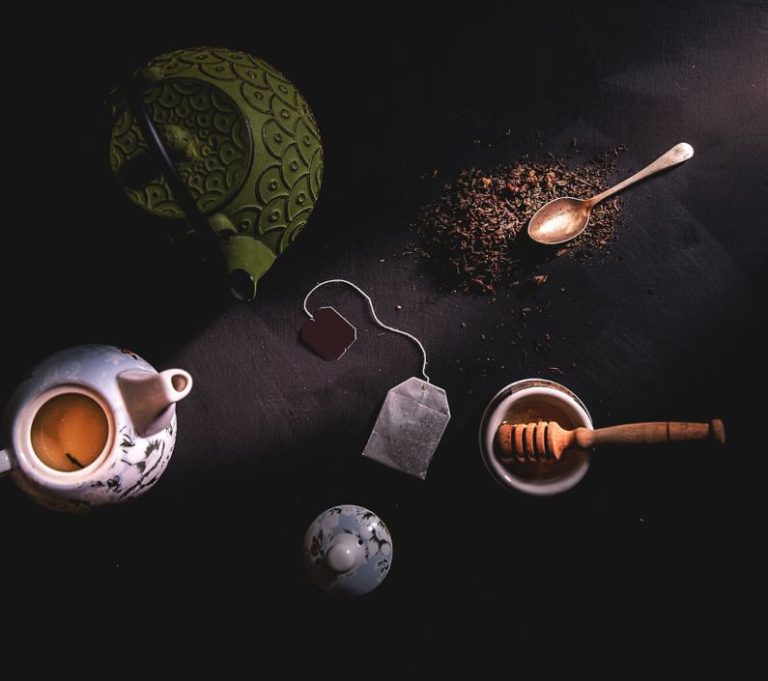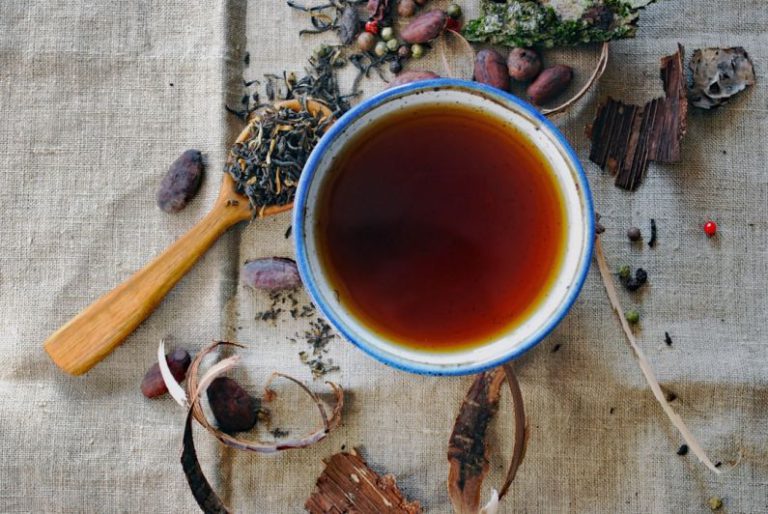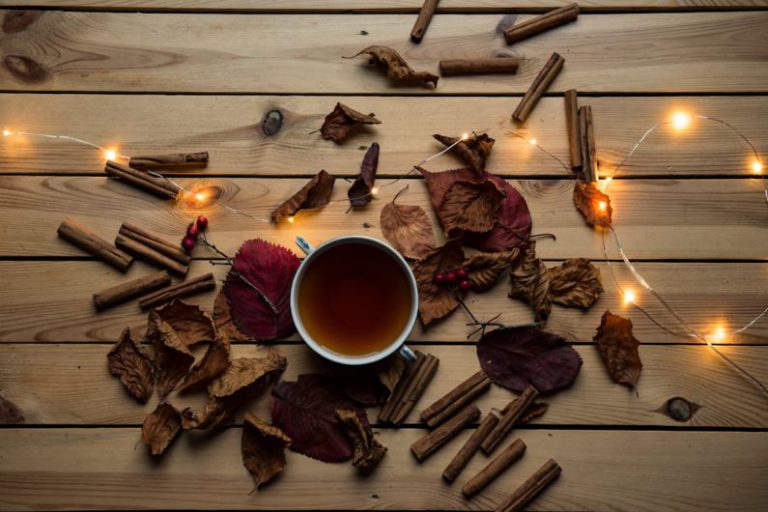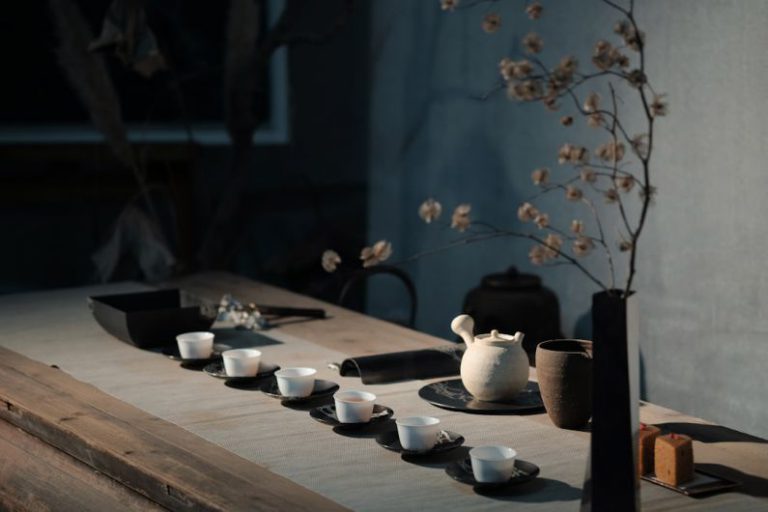The Poetic Process of Brewing Yellow Tea
In the world of tea, yellow tea stands out as a rare and exquisite variety that is often revered for its delicate flavors and unique production process. The poetic nature of brewing yellow tea lies in the intricate steps involved in creating this aromatic and flavorful beverage. From the artful withering of the leaves to the final infusion, each stage of the brewing process contributes to the nuanced taste and aroma that yellow tea is known for.
The Art of Withering
The first step in brewing yellow tea is withering, a crucial process that sets the foundation for the tea’s flavor profile. After harvesting, the tea leaves are spread out in a thin layer and left to wither for a specific period. This step allows the leaves to lose moisture and begin to oxidize, leading to the development of the tea’s characteristic taste. The withering process is a delicate balance of time and temperature, requiring the expertise of skilled tea artisans to achieve the desired outcome.
The Mellowing Stage
Following withering, yellow tea undergoes a unique mellowing stage that sets it apart from other types of tea. During this phase, the leaves are gently heated to halt the oxidation process, preserving their delicate flavors and aromas. The mellowing stage requires precision and attention to detail to ensure that the tea retains its subtle nuances without becoming overly bitter or astringent. This careful handling of the leaves is what gives yellow tea its smooth and refined taste.
The Yellowing Process
After mellowing, the tea leaves undergo a specialized yellowing process that gives this variety its name. This step involves a slow and controlled oxidation process that results in the distinctive yellow color of the leaves. The yellowing process is a defining characteristic of yellow tea, imparting a subtle sweetness and floral notes to the brew. The transformation of the leaves from green to yellow is a mesmerizing sight that showcases the artistry of tea production.
The Rolling and Drying Stage
Once the leaves have achieved the desired yellow color, they are carefully rolled to shape them into their final form. This rolling process serves to further enhance the flavors of the tea by releasing essential oils and enzymes trapped within the leaves. After rolling, the tea leaves are dried to preserve their freshness and flavors. The drying stage is a critical step in the brewing process, as it ensures that the tea retains its aromatic qualities and delicate taste.
The Brewing Ritual
Brewing yellow tea is a ritualistic experience that requires patience and attention to detail. The brewing process involves steeping the leaves in hot water for a specific amount of time to extract their flavors gradually. The water temperature, steeping time, and the number of infusions all play a role in determining the final taste of the tea. Yellow tea is best enjoyed in a quiet moment of contemplation, allowing the drinker to savor its nuanced flavors and delicate aromas.
The Poetry of Yellow Tea
In the world of tea enthusiasts, yellow tea is often regarded as a poetic brew that embodies the artistry and craftsmanship of traditional tea making. From the meticulous withering of the leaves to the final infusion, each stage of the brewing process is a testament to the skill and dedication of tea artisans. The delicate flavors, subtle aromas, and soothing qualities of yellow tea make it a truly unique and captivating beverage that continues to enchant tea lovers around the world.






